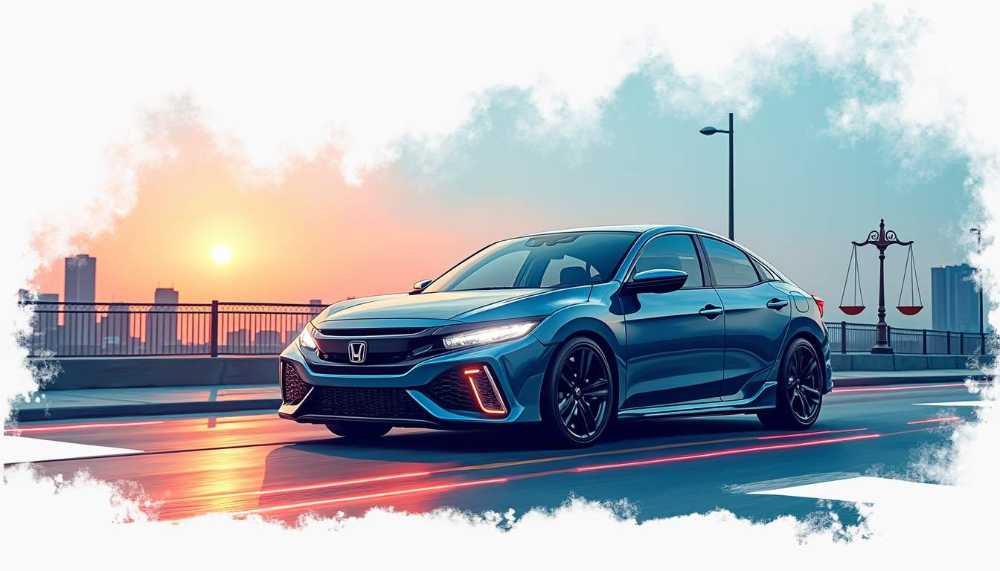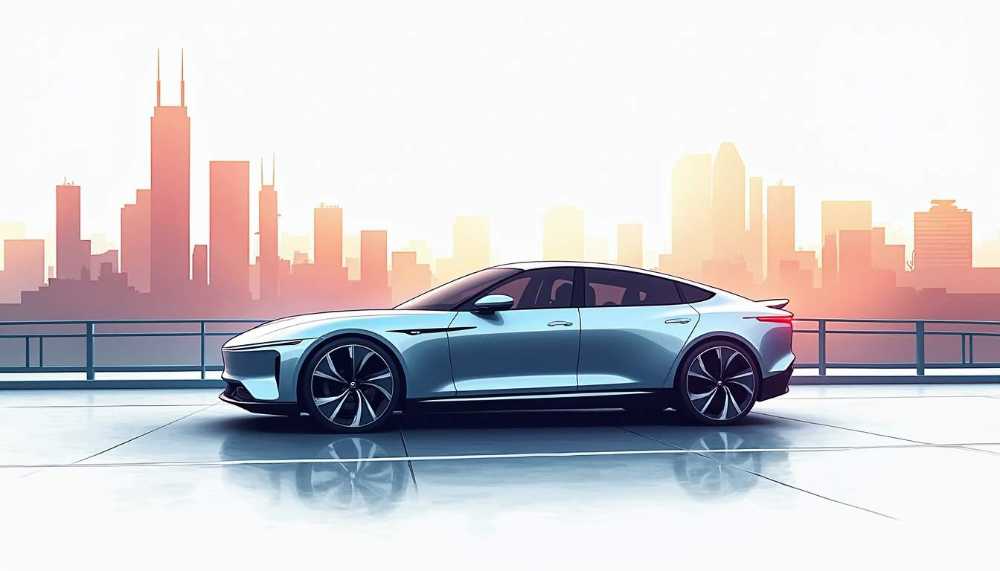As car enthusiasts and everyday drivers alike look to enhance their vehicles, aftermarket car lighting has gained significant popularity. However, while customizing vehicle lighting can add a personal touch and improved functionality, it also comes with a set of legal considerations. Understanding the regulations surrounding aftermarket car lighting installations is crucial to ensure safety, compliance, and avoid potential legal issues.
The Basics of Aftermarket Car Lighting
Aftermarket car lighting refers to any lighting products that are not installed by the vehicle manufacturer. This can include everything from LED headlights to neon underglow kits. The primary purpose of these installations is often aesthetic appeal, but they can also serve functional roles such as improved visibility or increased safety during night driving. As car enthusiasts look to personalize their vehicles, aftermarket lighting has become a popular avenue for self-expression and enhancing the driving experience.
Defining Aftermarket Car Lighting
Aftermarket car lighting encompasses a wide range of products. This can involve headlight upgrades, taillight enhancements, fog lights, and accent lighting. It’s essential to understand that while these upgrades might enhance the vehicle's appearance or functionality, they must still comply with existing laws to ensure the vehicle remains roadworthy. Additionally, the installation of aftermarket lighting can sometimes affect the vehicle's warranty, so it's wise for owners to check with their manufacturers before making modifications.
Types of Aftermarket Car Lighting
There are several types of aftermarket car lighting available on the market today, including:
- LED Lights: Known for their brightness and energy efficiency, LED lights are commonly used for headlights and interior lighting. Their long lifespan and low power consumption make them an attractive option for many vehicle owners.
- Xenon Lights: These high-intensity discharge lamps are popular for their ability to produce a bright white light, which can increase visibility. However, they often require a ballast for installation, adding to the complexity of the upgrade.
- Neon Lights: Often used for decorative purposes, neon lights can be installed underneath the vehicle to create a vibrant glow. They are particularly popular among car show enthusiasts who want to stand out during exhibitions.
- Custom Light Bars: These are frequently used in off-road vehicles and emergency vehicles to enhance visibility and safety. Custom light bars can be mounted on the roof or front of the vehicle and are available in various sizes and configurations to suit different needs.
Each type of lighting serves different purposes and comes with its own set of considerations when it comes to legality and installation. For instance, while LED and xenon lights may offer superior visibility, they can also be blinding to oncoming traffic if not properly aligned. On the other hand, neon lights, while visually striking, may be subject to stricter regulations in some areas due to their brightness and color. Therefore, it is crucial for vehicle owners to research local laws and regulations regarding aftermarket lighting before making any modifications.
Moreover, the installation process for these lighting systems can vary significantly. Some products may come with easy-to-follow instructions and can be installed by the vehicle owner themselves, while others might require professional installation to ensure safety and compliance with legal standards. Understanding the intricacies of each type of lighting, including wiring, mounting, and alignment, can help vehicle owners make informed decisions that enhance both the aesthetics and functionality of their cars.
Legal Aspects of Aftermarket Car Lighting
Understanding the legal aspects surrounding aftermarket lighting is crucial for every vehicle owner. Laws can vary significantly between different regions, making it essential to be well-informed before making any modifications.
Federal Regulations on Aftermarket Lighting
On the federal level, the National Highway Traffic Safety Administration (NHTSA) sets regulations that govern vehicle lighting. According to federal law, any lighting modifications must meet specific safety standards, ensuring that they do not hinder a driver's vision or the visibility of the vehicle to others on the road.
Additionally, modifications that change the color or intensity of certain lights, particularly headlights and taillights, may be restricted. For instance, using blue or red lights that mimic emergency vehicles is generally prohibited.
State-Specific Laws and Regulations
In addition to federal regulations, each state has its own set of laws governing aftermarket lighting. These can include specific restrictions on colors permitted for headlights, the brightness of lights, and where the lights can be mounted. For instance, some states may allow only white or yellow lights for headlights, while others may have variations in regulations.
It is imperative for vehicle owners to check their local laws to ensure compliance, as violations can result in fines or the need to remove or adjust the installed lights. Many states provide resources online for residents to familiarize themselves with the specific laws that pertain to vehicle lighting.
Moreover, some states have specific provisions that address the use of LED lights, which have become increasingly popular due to their energy efficiency and brightness. While many states permit the use of LED lights, they may impose restrictions on how bright these lights can be and where they can be placed on the vehicle. For example, certain states may only allow LED lights to be used as auxiliary lights rather than primary headlights, thus ensuring that they do not distract other drivers or create hazardous driving conditions.
Furthermore, vehicle owners should also be aware of the implications of aftermarket lighting on insurance policies. Some insurance companies may have stipulations regarding modifications to a vehicle, including lighting changes. Failing to disclose such modifications could potentially lead to complications in the event of an accident or claim. Therefore, it is advisable to consult with your insurance provider to understand how aftermarket lighting may affect your coverage and to ensure that you remain compliant with both legal and insurance requirements.
Compliance with Aftermarket Lighting Regulations
Being compliant with lighting regulations is crucial not only to avoid fines but also to ensure safety on the road. Understanding how to keep your installations within legal boundaries requires attention to detail and a commitment to following local and federal guidelines.
Ensuring Your Lighting Meets Standards
To ensure compliance, vehicle owners should take the following steps when installing aftermarket lighting:
- Research local and federal regulations regarding lighting modifications.
- Purchase lights that are certified as road-safe and meet required specifications.
- Hire a professional installer who understands compliance issues or carefully read the installation guidelines if doing it yourself.
- Regularly check your lights to ensure they remain operational and meet any changing regulations.
By taking these precautions, you can help guarantee that your aftermarket lighting is both legal and safe.
Potential Legal Consequences of Non-Compliance
Failure to comply with lighting regulations can result in various legal consequences. Drivers may face fines, required modifications, or even the impounding of their vehicles until compliance is achieved. Furthermore, in the event of an accident, non-compliance with vehicle lighting standards could complicate insurance claims or legal liability.
Being proactive and compliant not only protects the driver but also enhances the safety of all road users.
Navigating the Installation Process
The installation of aftermarket lighting, whether for aesthetic or functional purposes, requires careful planning and execution. Understanding the process can help ensure both compliance and safety.
Understanding Installation Requirements
When it comes to installing aftermarket lighting, there are several requirements to consider:
- Compatibility with the vehicle’s electrical system to avoid overloading.
- Proper mounting and wiring to ensure safety and prevent damage.
- Adherence to any state-specific installation guidelines.
Ensure you're following the best practices to maintain the vehicle's warranty and reliability during modifications.
Safety Considerations During Installation
Safety should be a top priority during the installation of aftermarket lighting. Vehicle owners should:
- Disconnect the battery before beginning any electrical work.
- Use the appropriate tools and protective gear.
- Follow the manufacturer’s installation instructions carefully.
By prioritizing safety, individuals can avoid potential personal injuries or damage to the vehicle.
Future Trends in Aftermarket Car Lighting Regulations
The field of automotive aftermarket lighting is continuously evolving, influenced by both technological advancements and changing legal frameworks. Staying attuned to these trends can help vehicle owners remain compliant and informed.
Predicted Changes in Federal and State Laws
As technology evolves, so do regulations. Predicted changes in lighting technology, such as adaptive lighting systems, could lead to new regulations aimed at addressing these developments. Additionally, as more vehicles feature advanced lighting systems, federal and state laws may adapt to cover these innovations.
Vehicle owners should track these changes, as staying informed can prevent unintentional violations of new laws.
Impact of Technological Advancements on Regulations
Technological advances in vehicle lighting can provide better visibility and energy efficiency; however, they may also complicate regulatory compliance. For instance, the emergence of smart lighting systems, which adjust based on road conditions, might require new sets of legal standards to ensure they are used appropriately and safely.
Understanding these trends is essential for any vehicle owner looking to customize their lighting responsibly.
In conclusion, while aftermarket car lighting can greatly enhance a vehicle's aesthetics and functionality, understanding the associated legal regulations is critical. By ensuring compliance with both federal and state laws, vehicle owners can enjoy their custom lighting while protecting themselves from legal repercussions and enhancing road safety.













